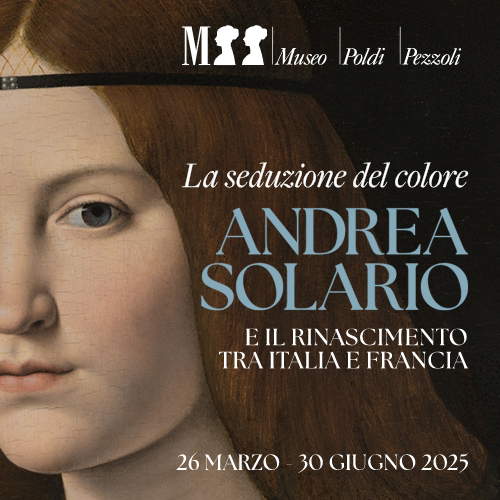Maira Valley, what to see: 10 places to regenerate yourself
Among the Cottian Alps in Piedmont, lies a valley that is probably among the most fascinating in Italy: it is Valle Maira, which still retains its ancient history, giving visitors unparalleled landscapes, enchanted places and sometimes even shrouded in local legends. Perfect for those seeking both winter and summer trails, the Valley, which stretches for about 45 kilometers, offers the possibility of climbing, hiking, mountain-biking, or even horseback riding. Its unique aspect is definitely its network of trails, which wind through its forests, its 17 villages including Stroppo, Macra, and Acceglio, or rock formations such as the striking Grotta del Diavolo or Rocca la Meja, which still have past evidence, such as ruins of castles or even archaeological areas from prehistoric times such as Roccabruna. The Valley is also famous for its water formations: theStroppia waterfalls and various black or blue-hued lakes are clear examples. One of the most important elements of the Maira Valley, however, is the tranquility it manages to convey: in the place, far from mass tourism, the visitor experiences regenerating experiences in direct contact with the nature of the place and the historical culture that still lingers in the inhabited villages. Are you curious, then, to find out which are the most engaging places in the Valley? We have selected ten of them. Here are which ones.
1. Stroppo
Thanks to its location in the center of the Maira Valley, the town of Stroppo, once the capital of the Upper Maira Valley, is one of the most important villages in the Valley, playing an important role in the economy of the area in ancient times. Spending time among its streets is pleasant and relaxing. The village complete with every service and churches such as the striking Sanctuary of Santa Maria di Morinesio from 1511, is a popular destination for visitors seeking nature, culture, history and sustainability at the same time.
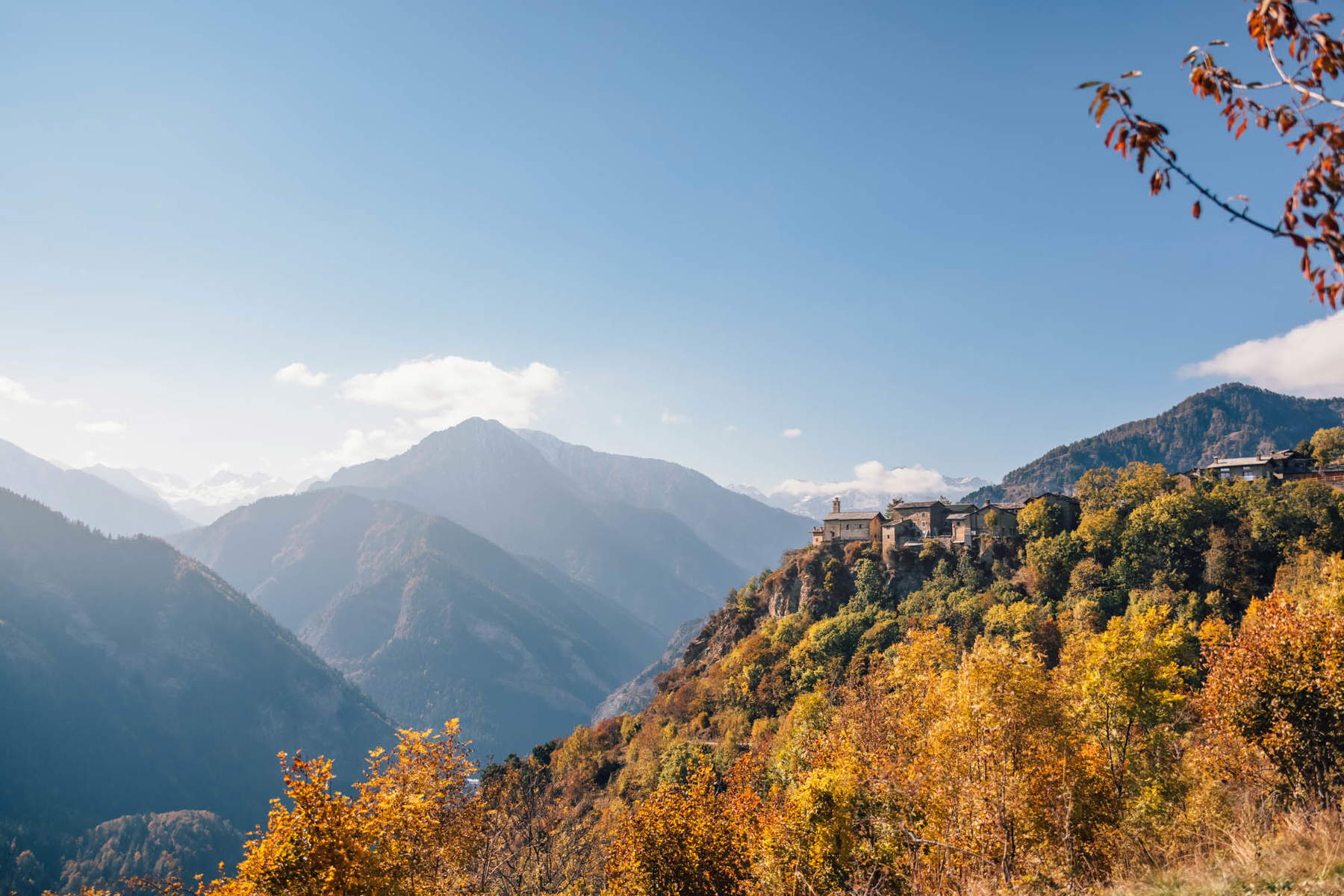
2. Acceglio
Acceglio, whose name seems to have Latin or pre-Celtic origins, is the last town in the Valley and is easily reached by following the path of the Maira River to its source. The wilderness surrounding the village presents trekking routes suitable for both summer and winter, making it a sought-after location for hikers who feel the need to want to experience their stay in the Valley completely immersed in the green. Its location marking the border with France, and surrounded by the Cottian Alps.
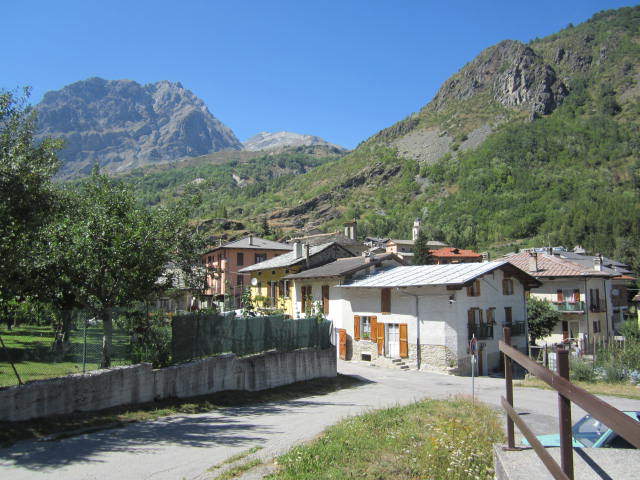
3. Macra
The village of Macra is located on a rather steep terrain at an altitude of 875 meters and was born from the union of the municipalities of Alma and Albaretto. Like Acceglio, Macra has trails suitable for tourism and hiking trails that give the right exploration of the valley. Among its forests and meadows, visitors can relax and experience peaceful days. Macra also has trails that allow visitors to discover the Valley’s 17 villages. One example? The Cyclamen Trail, which owes its name to the flowers that bloom all along the trail in August and September, coloring the path with their bright hues.
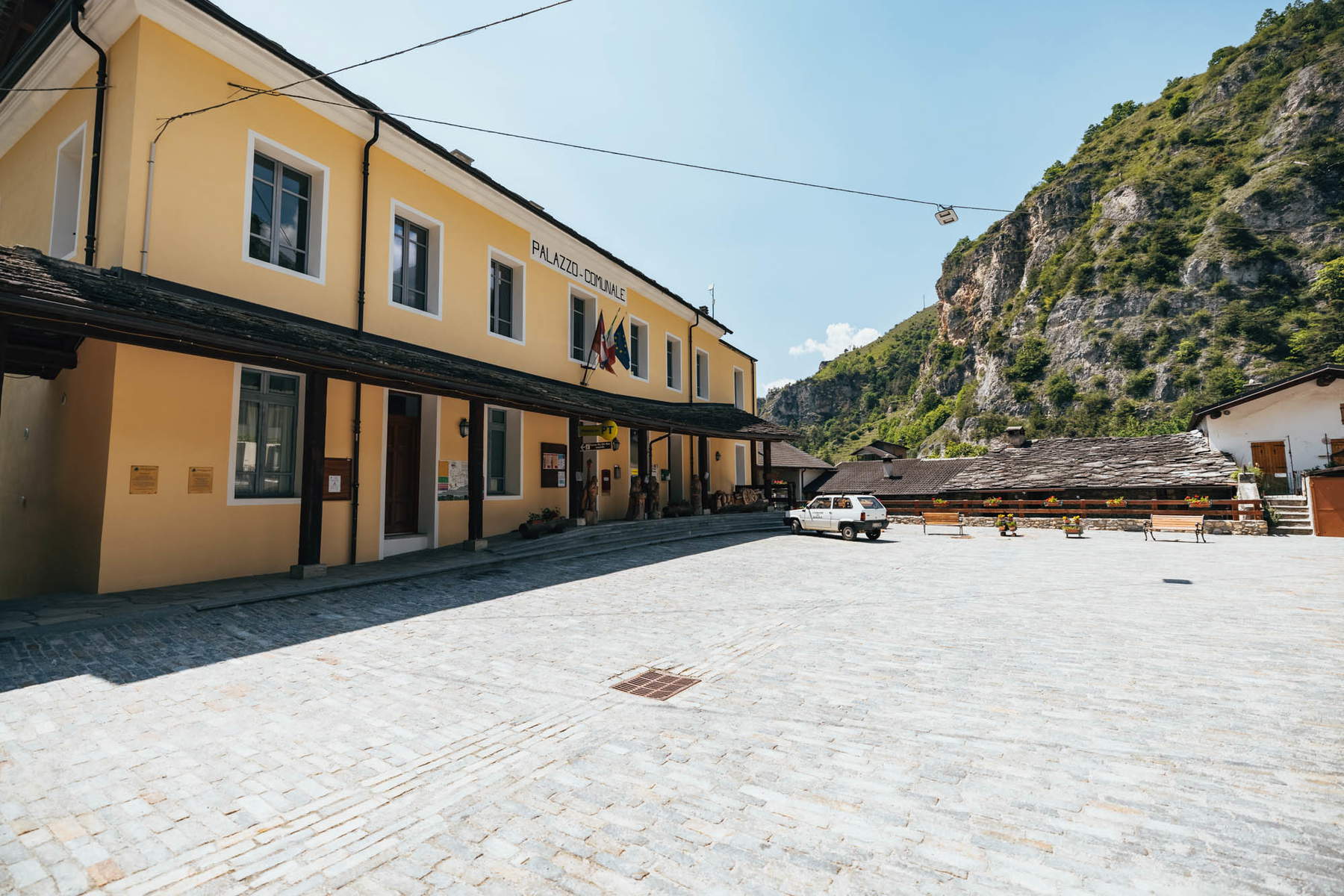
4. Stroppia waterfalls
The Stroppia Falls, almost 500 meters high, are famous for being the highest in Italy. The scenery presented when we stand in front of the natural formations is sensational. In the spring, the waters of the falls reach the peak of their beauty and then subside in the summer, with the level of Lake Niera decidedly lower. One way to admire them up close? From the Dino Icarsi trail, it is possible to get directly to the side of Lake Niera, from which the waterfall originates.

5. Marmora
Marmora, located in the Maira valley, has been inhabited since the time of the Romans, who formed a military garrison in the area, although today, typical mountain pasture cheese is produced between the valleys. In the area, moreover, it is possible to visit the 17 villages that make up the valley, characterized by historic buildings and churches. Marmora is in addition to this an archaeological zone, best known for the exhibit named Triassic Park, a trail for lovers of prehistory.
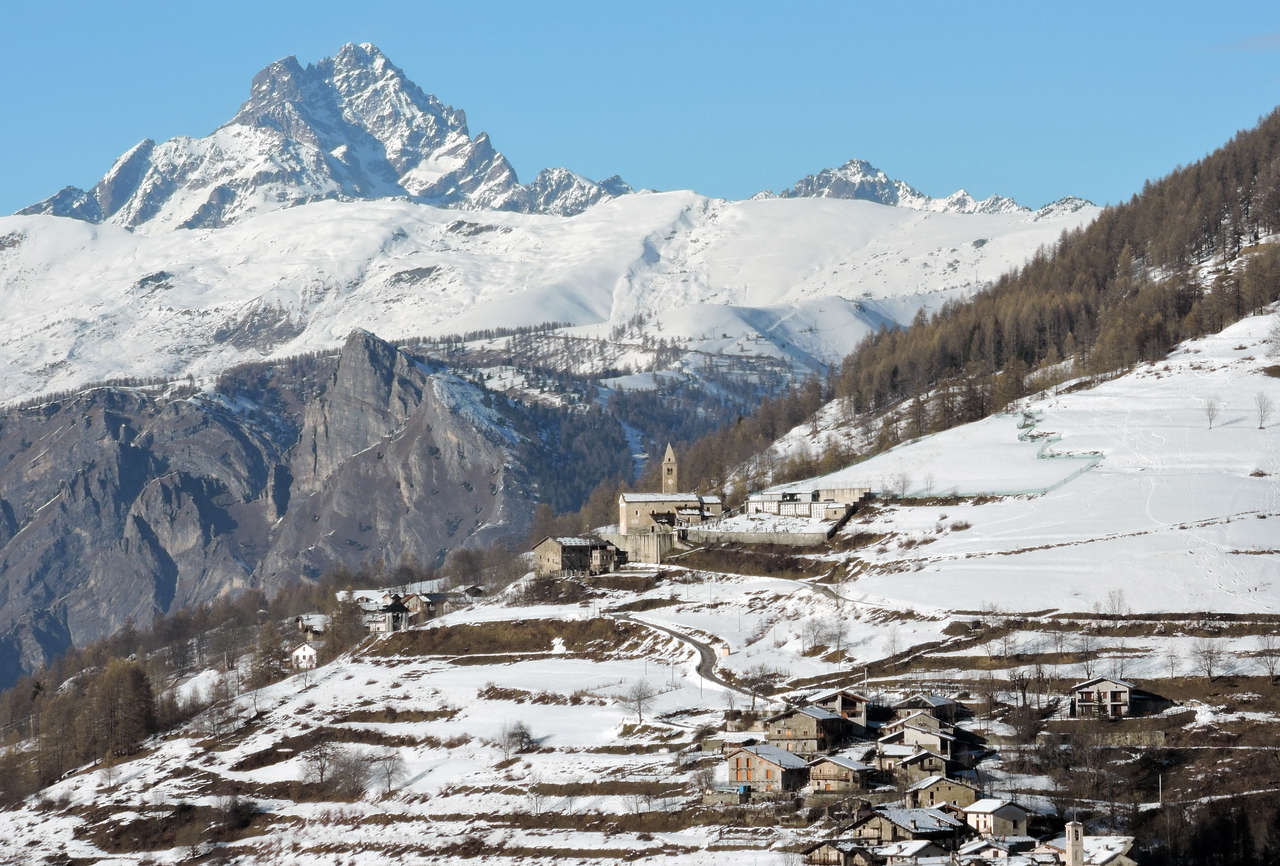
6. Roccabruna
Roccabruna stands on the dark-colored peak of Mount Roccerè. Testifying to its ancient history are the archaeological finds from prehistoric times discovered in the locality. In the past, in fact, the Roccabruna area was inhabited since prehistoric times by Celto-Ligurian peoples. Their settlement later gave rise to thearchaeological area of Mount Roccerè, a site that has more than 20,000 artifacts including rock-carved cupmarks from the Bronze Age and still represents tangible evidence of early settlement in the Valley. Also on the cliff of Mt. Roccerè are the ruins of a castle built on the mountain between the 13th and 16th centuries.

7. Black Lake.
Lake Nero in the Maira Valley is a small a hidden mountain lake north of Rocca la Meja. Reaching it is not particularly difficult: the paths along the way are secluded, immersed in the valley’s vegetation and surrounded by landscapes that seem to have been made especially for photography. Lake Nero, named for the dark color of its waters, is shrouded in fascination and mystery, and although it is not very large, it is large enough to reflect the large figures of the surrounding mountains on its surface.

8. Lake Nine Colors.
The Maira Valley is not only composed of villages and archaeological areas, but also possesses remarkable natural formations such as caves, waterfalls, springs and lakes. Among them, Lac des Neuf Couleurs or Lake Nine Colors possesses breathtaking views and atmosphere. Don’t be fooled by its name; in fact, the lake is not named so because of the water’s hues, but may derive from a mistake in the original name, formerly called Lac des Neuf Couloirs, Lake of the Nine Couloirs. In any case, there is no shortage of bright colors. In the Lake area, it is possible to relax at its foot, cool off and enjoy the views that the nature of the place offers.
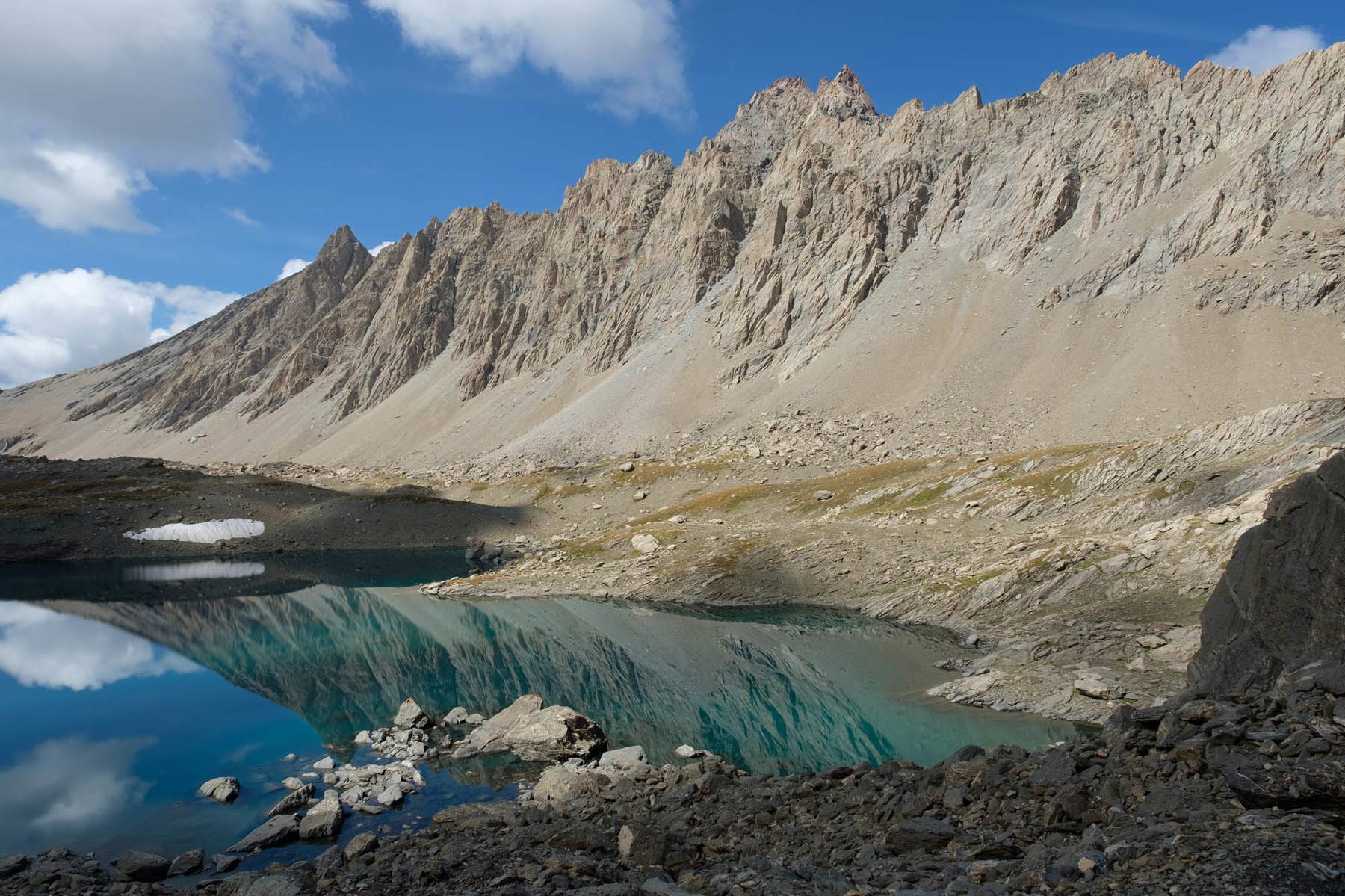
9. The Devil’s Cave
In the area near Cucchiales, a hamlet of the Maira Valley, stands a particularly striking place shrouded in local legends: the Devil’s Cave. The large underground cavern is dark, with the presence of stalagmites forming a semicircle. The reason for this n name? Stories of the locality tell the tale that in the past a young girl, once she entered the cave for refuge, disappeared by the devil. But never fear, no devil has been sighted to this day! Visiting the cave is indeed an enrichment for those who feel the need to venture into nature and the mystery of its spaces.
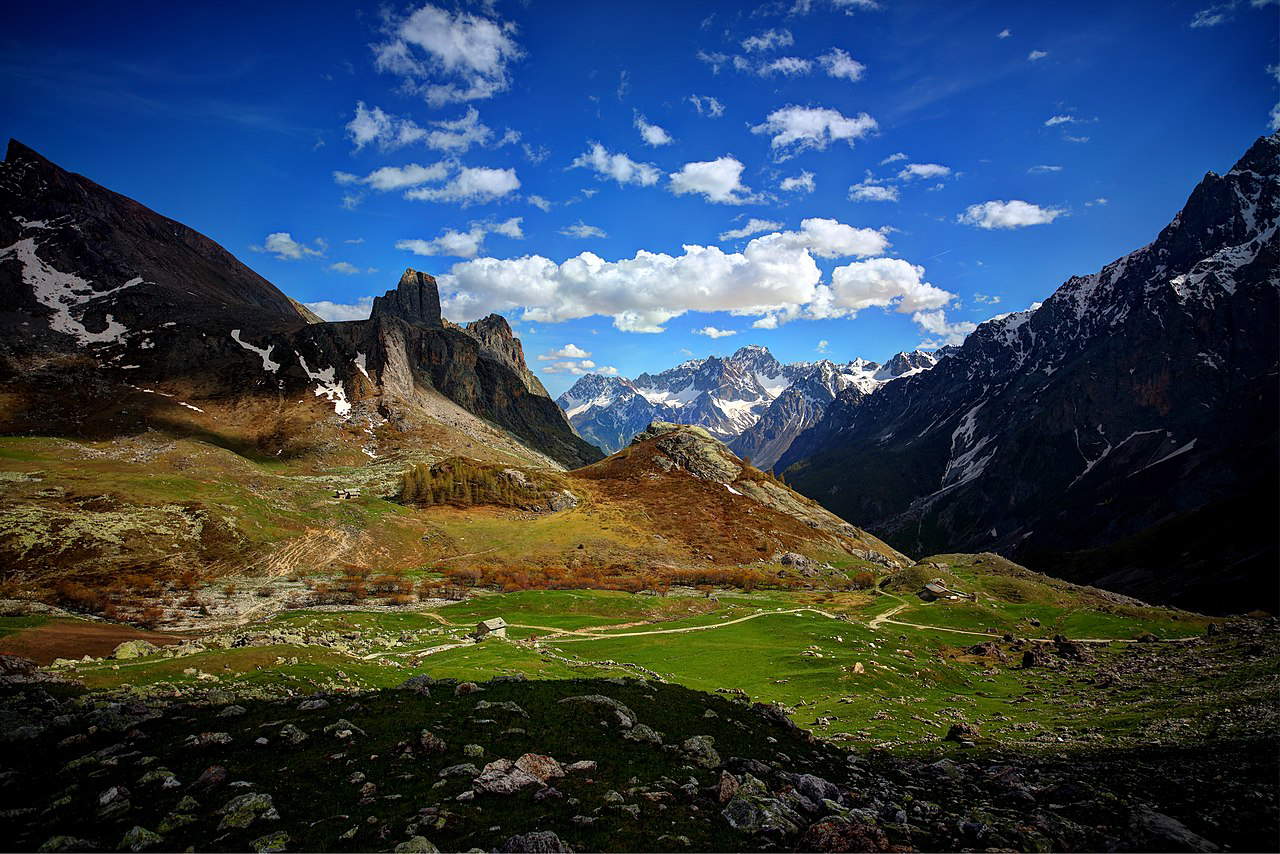
10. The church of San Peyre
The church of San Peyre in Stroppo, is located at 1233 meters above sea level on a rocky peak overlooking the Maira Valley. Its history dates back between the 12th and 13th centuries. In fact, a simple facade, Gothic-style bell tower and a stone portal in Romanesque style were built during that period. The sanctuary, consisting of three naves, has paintings by an unknown painter dating from the 14th century inside, depicting religious scenes. It features an enthroned Christ, Peter and Paul, the twelve apostles, and symbols of the evangelists. Also inside the church are The Annunciation and St. Christopher, Our Lady Enthroned between St. Peter and St. Anthony Abbot and, St. Bernard of Mentone chaining a devil and of Saints Barbara and Catherine of Alexandria. There is no shortage of paintings by other masters of the first half of the 15th century , who depicted the Nativity, deliberately inspired by, theAnnouncement to the Shepherds, theAdoration of the Magi and the Dormitio Virginis.
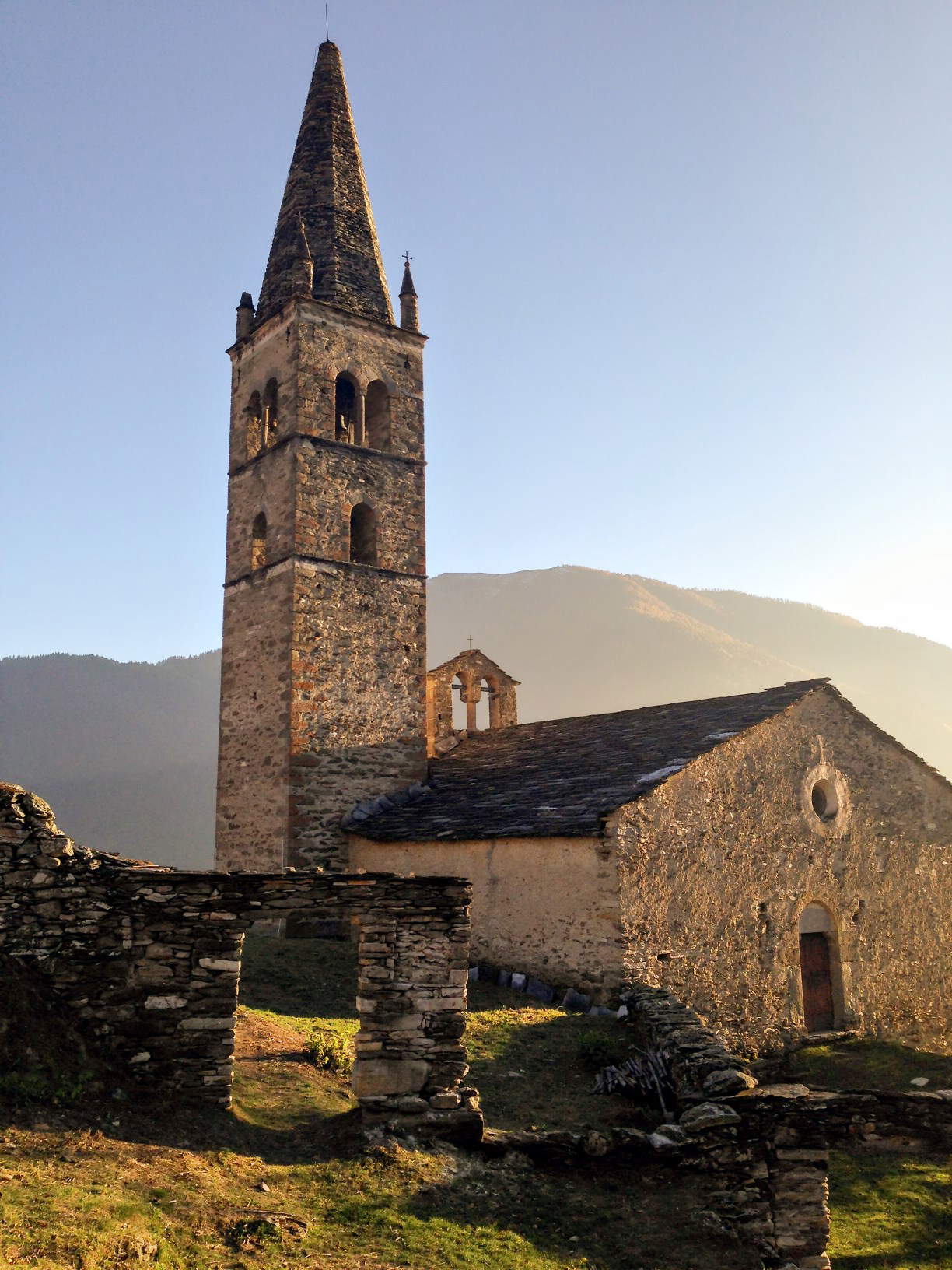
 |
| Maira Valley, what to see: 10 places to regenerate yourself |
Warning: the translation into English of the original Italian article was created using automatic tools. We undertake to review all articles, but we do not guarantee the total absence of inaccuracies in the translation due to the program. You can find the original by clicking on the ITA button. If you find any mistake,please contact us.






